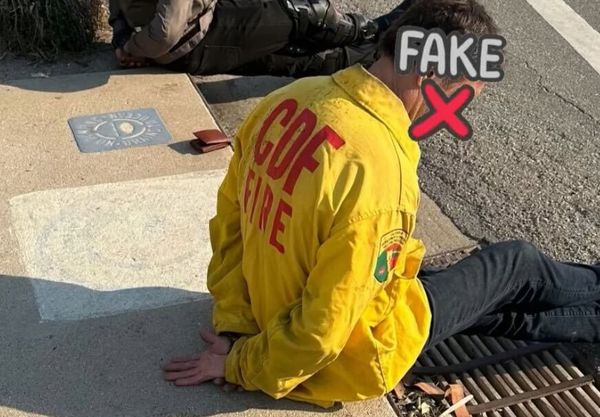From the moon landing to Woodstock to the Stonewall riots, revolutionary change was in the air during the summer of 1969. That extended to sports as well. These were heady months when laughingstocks like the New York Mets, a team which had never finished higher than ninth in baseball's National League, suddenly were storming into the World Series. Just in time for the 50th anniversary, a trio of books on the Mets' miraculous 1969 championship season have hit the shelves, alongside the usual assortment of baseball tomes that sprout forth every spring.
The most comprehensive volume on the so-called Miracle Mets is Wayne Coffey's "They Said It Couldn't Be Done: The '69 Mets, New York City, and the Most Astounding Season in Baseball History" (Crown Archetype, 304 pp., $28). This is at once a primer and a deep dive, stuffed with so much detail that the narrative occasionally bogs down. Even ardent Mets fans will come across new nuggets of information in the 140 pages Coffey dedicates to the World Series. Along the way, Coffey sketches indelible portraits of the men who made up the roster, especially the team's quartet of African-American players _ Ed Charles, Cleon Jones, Tommie Agee and Donn Clendenon _ who battled prejudice and injustice in their journeys from the Jim Crow South to the Big Apple.
Perhaps the most memorable image from the 1969 World Series is right fielder Ron Swoboda splayed on his side following his diving catch in the fourth game. Swoboda's memoir, fittingly titled "Here's the Catch: A Memoir of the Miracle Mets and More" (Thomas Dunne Books/St. Martin's, 240 pp., $27.99, out June 11), centers on his career-defining snag, but it's more than that. At its core, the book is a quirky, gruff, intermittently lyrical exploration of the precarious life of a marginal major leaguer _ one who quotes Victorian poetry in one sentence, then likens his on-field performance to whale dung in the next.
Swoboda isn't the only member of the Miracle Mets to tell his story. Outfielder Art Shamsky's memoir, "After the Miracle: The Lasting Brotherhood of the '69 Mets" (Simon & Schuster, 336 pp., $28), written with Erik Sherman, is really two books in one: a pedestrian rehash of the 1969 season, framed by an affecting account of the trip that Shamsky and several aging teammates took to Tom Seaver's vineyard in Napa Valley, California, two years ago. With Seaver, the ace of the Mets' staff, suffering from dementia, the reunion feels like the last of its kind.
For those more interested in the Mets' 1986 championship season, there's Ron Darling's "108 Stitches: Loose Threads, Ripping Yarns, and the Darndest Characters From My Time in the Game" (St. Martin's, 272 pp., $29.99), written with Daniel Paisner, a loose collection of anecdotes from the former Mets hurler. Darling spills clubhouse secrets about sex, drinking and hazing, a la Jim Bouton's "Ball Four," but lacks the literary chops to pull it off. Too often, the stories come across as petty and pointless. More insightful is David Cone's "Full Count: The Education of a Pitcher" (Grand Central, 387 pp., $28), written with Jack Curry. Cone, a former Cy Young winner who threw for both the Mets and the Yankees, offers a probing account of what it takes _ emotionally, psychologically and physically _ to pitch at the major league level. (Cone and Curry discuss the book at Book Revue in Huntington Thursday.)
The best baseball book of the bunch also involves pitching. In "K: A History of Baseball in Ten Pitches" (Doubleday, 302 pp., $28.95), Tyler Kepner spins a dense but readable story, devoting each chapter to an iconic pitch, from the fastball to the sinker. While the concept is gimmicky, it works like a charm, educating readers on the full sweep of a moundsman's craft. Not only has Kepner interviewed seemingly everyone who hurled more than five seasons in the majors, but he's also an expert wordsmith. He refers to knuckleballers, for example, as "low-key, happy-go-lucky people _ with the guts to bring Silly String to the battlefield."
Paul Goldberger's "Ballpark: Baseball in the American City" (Knopf, $364 pp., $35, out May 14) zooms through decades of major league history by focusing not on pitches but on stadiums. An architecture critic by trade, Goldberger traces how stadiums shape and reflect larger urban trends in the country. Ballparks, he contends, mirror "the attitudes Americans of each era have had toward their cities, which they first accepted as a necessity, then fled from when the automobile allowed them to do so, and then began to return to when baseball's popularity and its cultural resonance connected with a resurgence of interest in cities." "Ballpark" is more academic than most baseball books but no less engaging.







